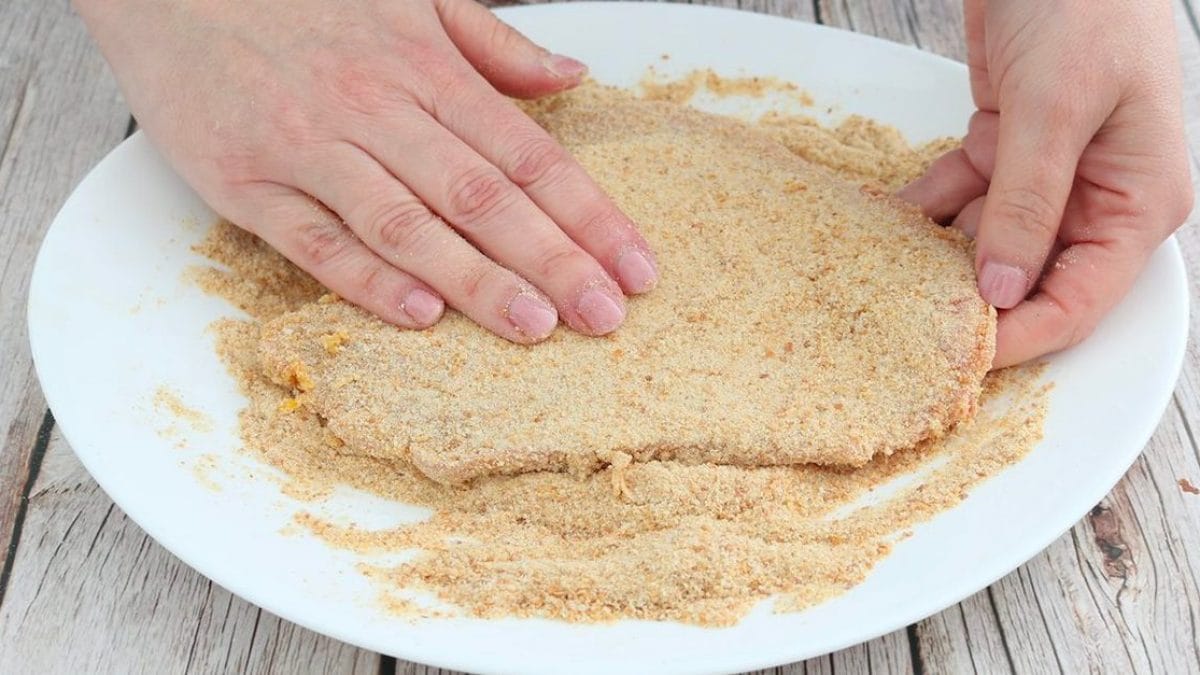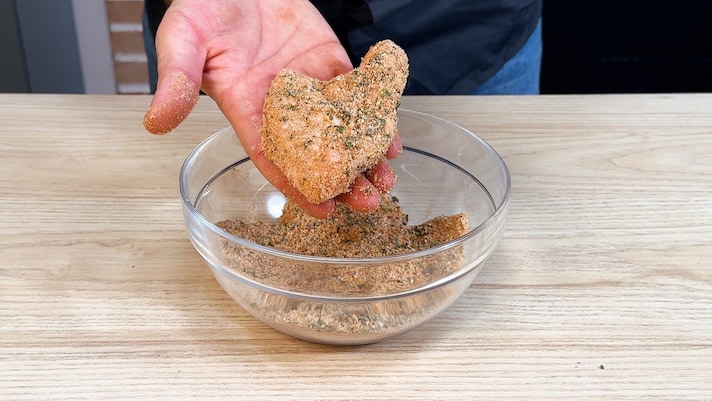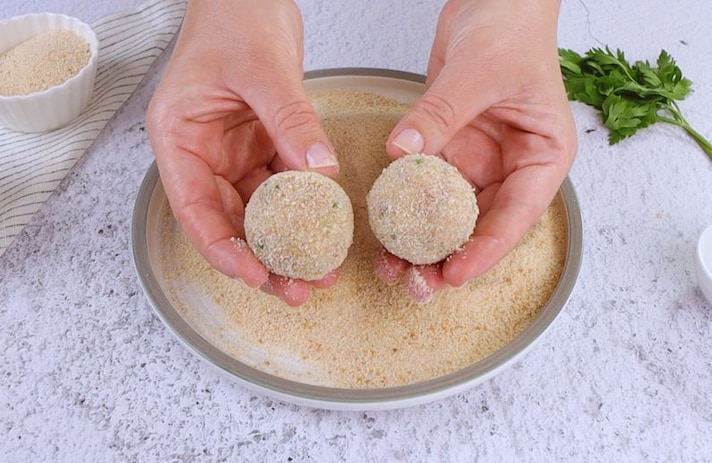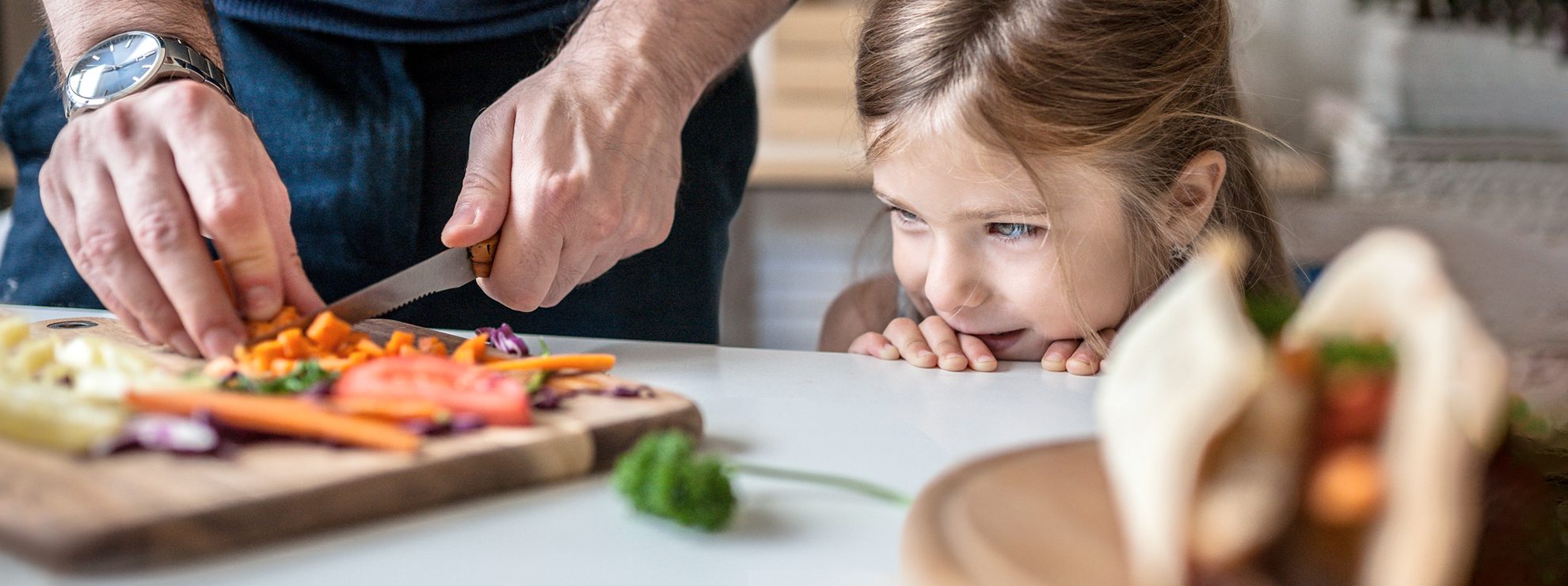
A seemingly simple technique because it's so common, but in reality, achieving good breading is far from straightforward. How often does it come off the chosen food, or is it soggy, burnt, and flavorless when the effect should be exactly the opposite: crispy, golden, and delicious? Luckily, there are some easy tricks to put into practice when we're faced with breading: you should never use too much flour, if the mixture is soft, it's best to double-coat it, and even letting it rest before cooking can help make everything more stable. Below, are some tips to avoid being disappointed with cutlets, croquettes, and meatballs, among the most delicious recipes of all time.
How to Get Perfect Breading
To achieve a good result, you need to start with the ingredients. There are two types of breading that are most common and versatile: the first involves coating the food in all-purpose flour, eggs, and breadcrumbs, in that order, while the second eliminates the first layer. Generally, the flour serves to absorb the food's moisture and prevent further moisture from penetrating, creating a sort of barrier. However, you need to be careful not to overdo it, as it can be tasted and can also cause lumps. When using it, it's best to quickly coat the food and then shake it gently to remove excess flour. The egg, on the other hand, acts as a binder: both the yolk and the egg white are usually used, beaten together well to create a fluid mixture. Finally, the breadcrumbs provide the crunchy texture and must adhere perfectly to the egg, covering the entire surface evenly.
To add flavor, spices and dried herbs can be added to the breadcrumbs to taste, while for a super crunchy coating, a reliable ally is panko, also known as Japanese breadcrumbs: it can also be made at home, has a texture of coarser and lighter flakes than traditional ones, with the advantage of absorbing less oil during cooking, giving a more crumbly consistency, particularly appreciated for frying. At this stage, if you want to fry and not bake, it is best not to add salt, which tends to draw the liquids from the food, resulting in a soggy breading or one that comes away from the raw material: the advice, therefore, is to add salt only at the end.

Other precautions to take: if you have to bread very moist foods (such as slices of meat or fish), you can pat them dry with absorbent paper before proceeding with the coating, while if you have to make, for example, potato croquettes or other preparations with a soft dough that requires structure, you can resort to double breading (therefore, flour, eggs, breadcrumbs and then eggs and breadcrumbs again) and/or leave to rest for 30-60 minutes in the refrigerator, so as to allow it to firm up, avoiding detachment of the coating.
Breading Meatballs: Alternatives for Perfect Results
We introduced it with croquettes: meatballs require some attention as they are made up of several components that must hold up to cooking, especially when fried, without breaking as the hot oil pours inside, and maintaining their typical round shape. The most effective method when the recipe calls for full immersion of the meatball is double breading, which ensures a casing that maintains its consistency. You can also omit the flour, but instead dip them once in the egg and breadcrumbs, then repeat the process. If the mixture seems firm enough, you can also make a very delicate breading by mixing flour and breadcrumbs, then frying a few pieces at a time, or you can simply slide the meatballs in a little breadcrumbs and brown them in a pan with a drizzle of oil. For those who love to “experiment”, then there are alternative breadings, such as with cornflakes (which are gluten-free) or with crumbled taralli, which give a coarse and irregular grain, more suitable for browning in a pan, in the oven or in an air fryer.

Breading Without Eggs
Those who are intolerant to eggs, follow a vegan diet, or simply want to avoid them, certainly don't have to give up a special breading. The important thing is to replace the egg with something that performs the same function: that of binding the ingredients together. One of the easiest options to consider is to use a vegetable fat, such as extra virgin olive oil or seed oil: brush the surface of the food evenly before coating it in breadcrumbs, whether neutral or flavored. Plain yogurt or mustard are also an option: spread it and then let it rest in the refrigerator for 15 minutes, so that it adheres well, and then finish with breadcrumbs. These are light versions, with a thick and flavorful layer, which lend themselves to baking slices of meat or fish cutlet-style.
;Resize,width=767;)
